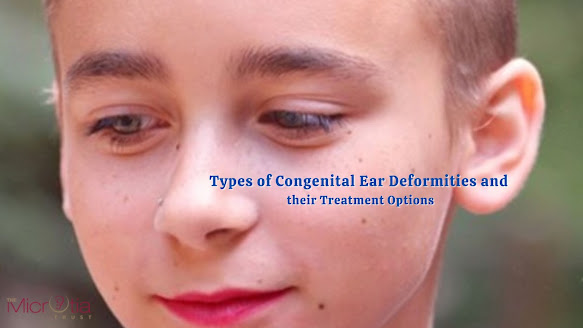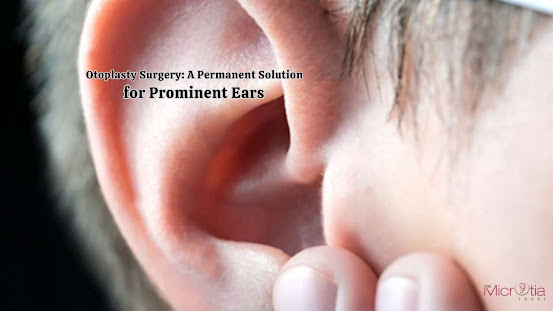Types of Congenital Ear Deformities and their Treatment Options
Congenital ear deformities, also known as ear malformations, are conditions that impact the proper growth of a baby's ears during fetal development. While the exact causes of these deformities can vary, factors such as inadequate blood supply, genetic modifications, medication intake, and even accidents or trauma can contribute to their occurrence. These deformities can result in not only physical complications like hearing loss and ear infections but also psychological effects due to cosmetic issues affecting an individual's self-confidence.
In this blog, we will delve into the different types of congenital ear deformities in newborns and the treatments available to correct them. The insights used to write this blog have been taken from experts like Dr. Parag Telang, a renowned ear surgeon in Mumbai.
Types of Congenital Ear Deformities
Anotia: Anotia is characterized by the absence of the external ear, affecting either one or both ears. This condition, arising in the early weeks of pregnancy, often leads to conductive hearing loss, where sound waves fail to transfer properly from the external ear canal to the eardrum.
Microtia: Microtia refers to an underdeveloped outer ear, which can range from a partially formed ear to a complete absence of the external ear. Surgical intervention, such as microtia surgery, can help correct this birth defect.
Cup Ear: A cup ear deformity involves the folding, tightness, or wrinkling of the top rim of the ear. Severity can vary, with mild cases showing only rim folding and severe cases affecting the helix cartilage and scapha, forming a roll.
Cryptotia: Also known as a hidden ear, cryptotia occurs when the upper portion of the ear is concealed beneath the skin of the scalp. In this situation, the ear fails to separate and rise from the skin.
Bat Ear: A bat ear, or prominent ear, is characterized by ears that protrude excessively. Although it is not functionally problematic, it can affect appearance. Correction options range from surgical to non-surgical methods.
Ear Tags: Ear tags, or branchial cleft remnants, are benign skin and cartilage growths typically found in front of the ear. They may be linked to genetic syndromes or occur independently.
Treatment Options
Correcting congenital ear deformities often involves surgical or non-surgical procedures, with otoplasty being a common surgical approach. Otoplasty involves using permanent sutures to reshape the ear, using rib cartilage to create a structure resembling a normal ear, and restoring ear symmetry. This procedure addresses asymmetry and harmonizes ear positioning with the face.
Conclusion
Congenital ear deformities can impact both physical well-being and self-esteem. However, understanding the various types of deformities and available treatments can provide hope for those affected. Surgical interventions like otoplasty can help individuals regain not only the functional aspects of their ears but also their self-confidence. It's essential to approach ear reconstruction with the guidance of a qualified professional to achieve the best possible outcome.



Comments
Post a Comment